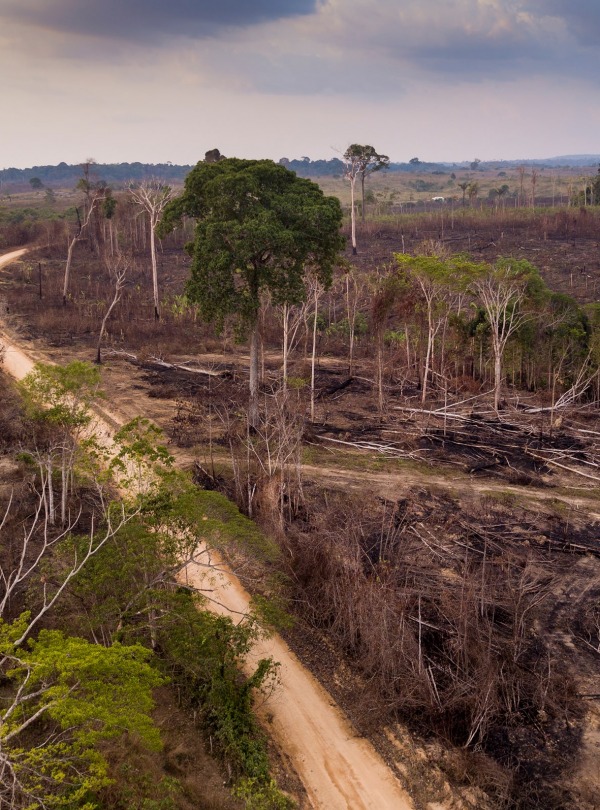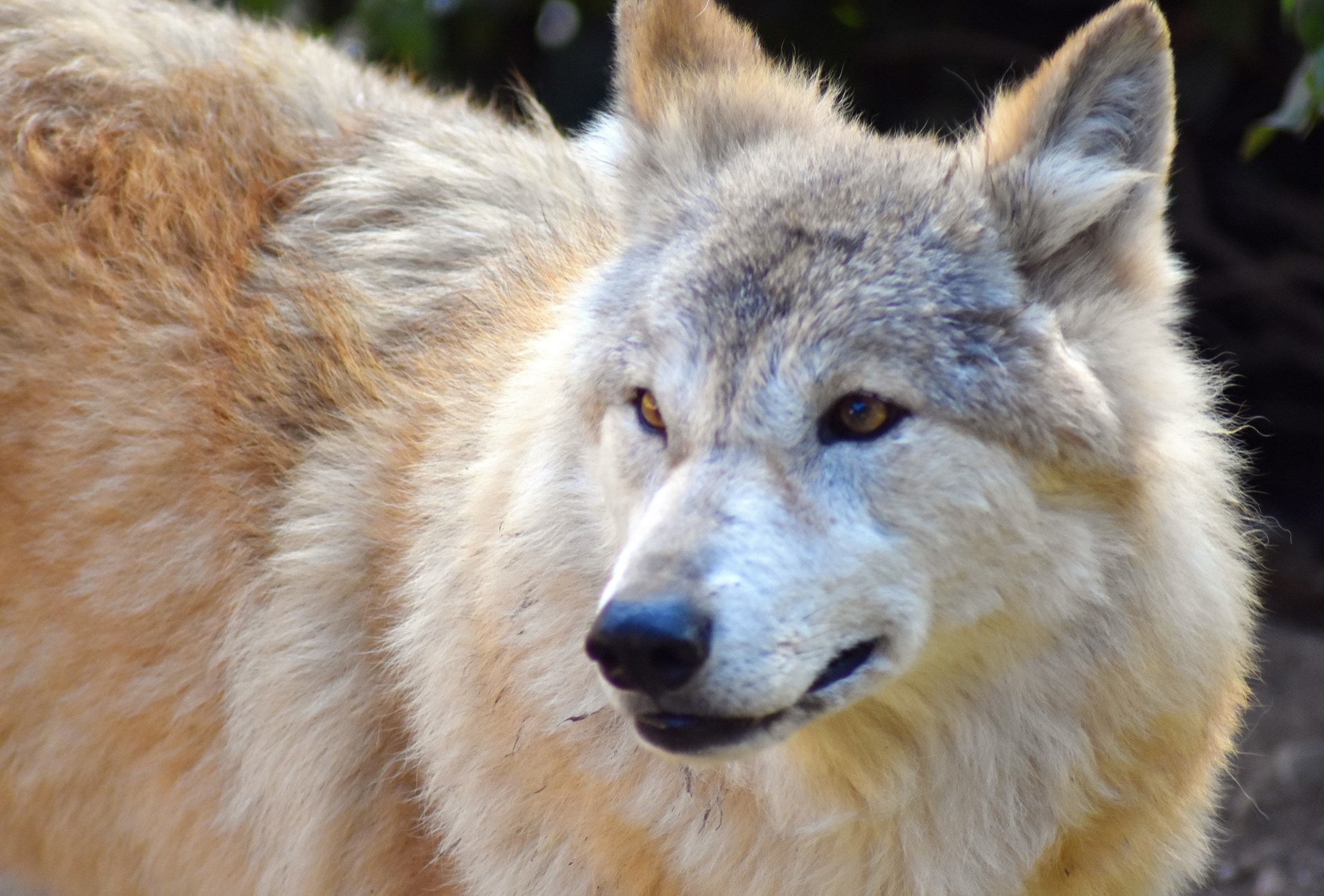
Poachers and deforestation are driving Endangered Alpine Musk Deer, Vulnerable Himalayan Wolves, and other species toward extinction.
-
Species at Risk
Alpine Musk Deer (EN), West Himalayan Yew (EN), Agaupani Mountain Lizard (VU)
-
Carbon stored
11,057,977 mT *
*(metric tons of CO2 equivalents) -
Partner
National Trust for Nature Conservation (NTNC)
-
100,000 Proposed Acres Conserved by
Designation
-
Project Cost: $641,782
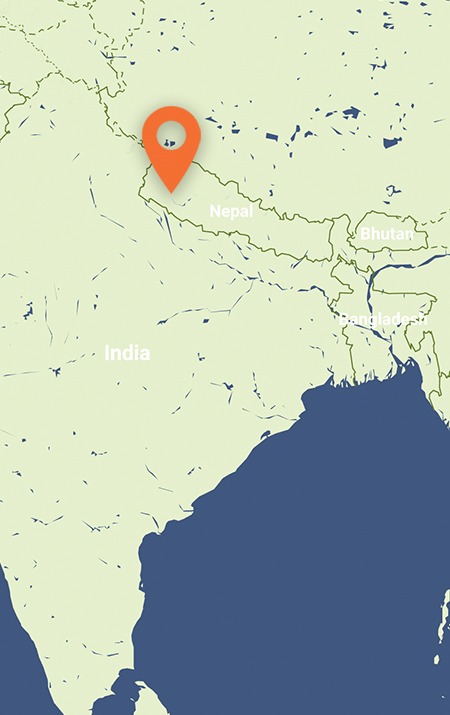
100,000
Poachers and deforestation are driving Endangered Alpine Musk Deer, Vulnerable Himalayan Wolves, and other species toward extinction.
-
Species at Risk
Alpine Musk Deer (EN), West Himalayan Yew (EN), Agaupani Mountain Lizard (VU)
-
Carbon stored
11,057,977 mT *
*(metric tons of CO2 equivalents) -
Partner
National Trust for Nature Conservation (NTNC)
-
100,000 Proposed Acres Conserved by
Designation
-
Project Cost: £509,350

100,000
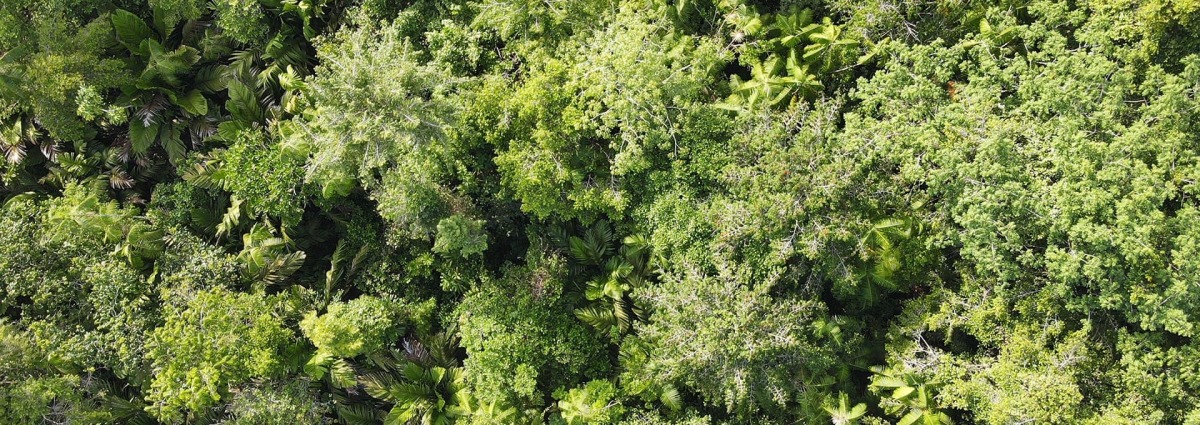
2X THE IMPACT
For the next $100,000 donated, every $1 donated will be matched by $1—giving your gift 2X the impact—thanks to the SAVES donor.
DOUBLE YOUR DONATIONDOUBLE YOUR DONATIONAs the Himalayan mountain ranges rise up from lowland to high peaks, the variation in elevation has produced many ecological niches and astounding biodiversity. In the scenic, middle-mountain Himalayan region of western Nepal, conifer and broadleaf forests and shimmering lakes shelter over 200 species of birds, mammals, and butterflies, including Endangered Alpine Musk Deer and Vulnerable Himalayan Black Bear.
The region holds high sacred and cultural value for people, with the grassy hills of Badimalika hosting a shrine visited by thousands of pilgrims each August. At lower elevation, Ramaroshan is a wetland area where collection of timber, fodder, and non-timber forest products has increased along with the gradual conversion of lakes into paddy fields.
Rainforest Trust is working with our partner, National Trust for Nature Conservation (NTNC), to establish 100,000 acres in Badimalika and Ramaroshan as a Forest Conservation Area (FCA), a government designation that prohibits extractive activities and allows the sustainable use of forest resources.
Header photo: Himalayan Wolf, by Muhammad Ishaq
Explore the lush, middle-mountain Himalayas
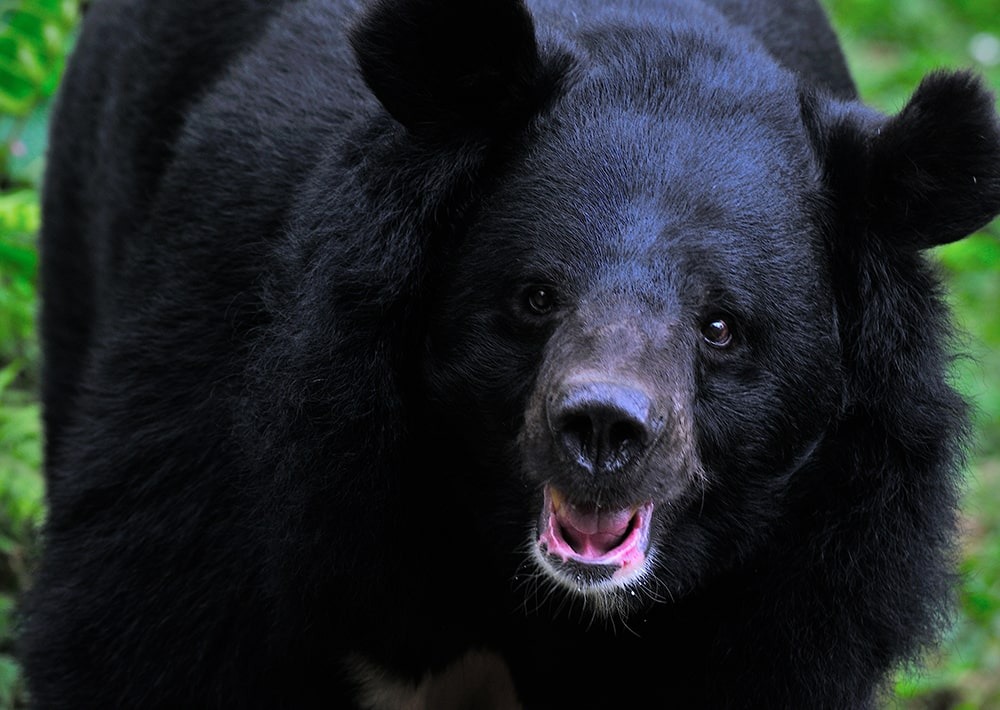
Himalayan Black Bear, by Rajesh Nayak
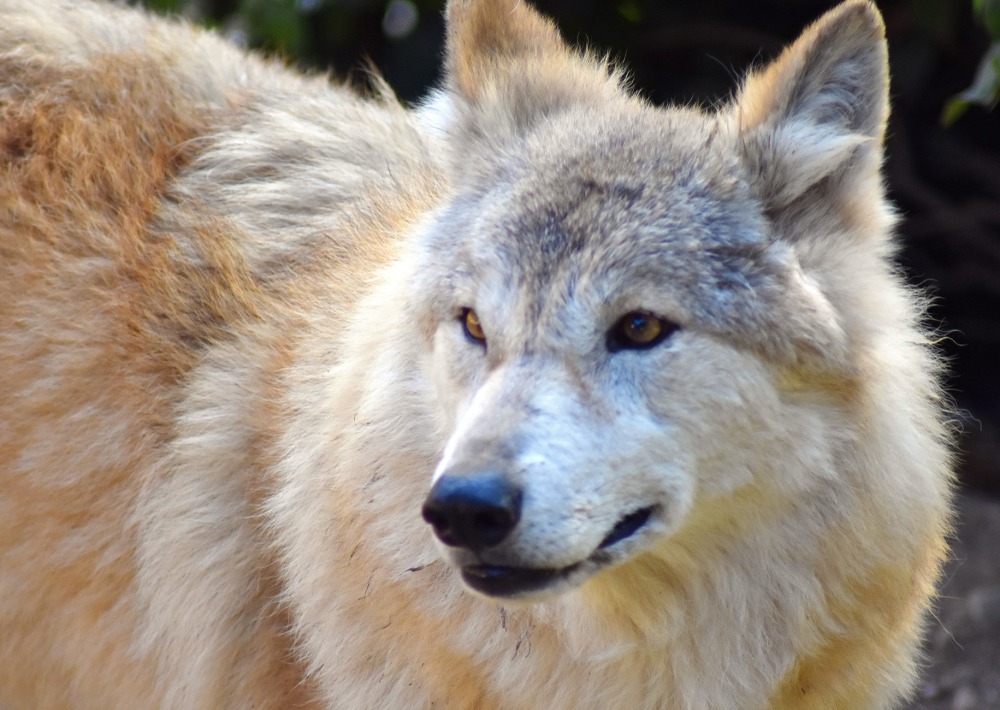
Himalayan Wolf, by Gallaxy
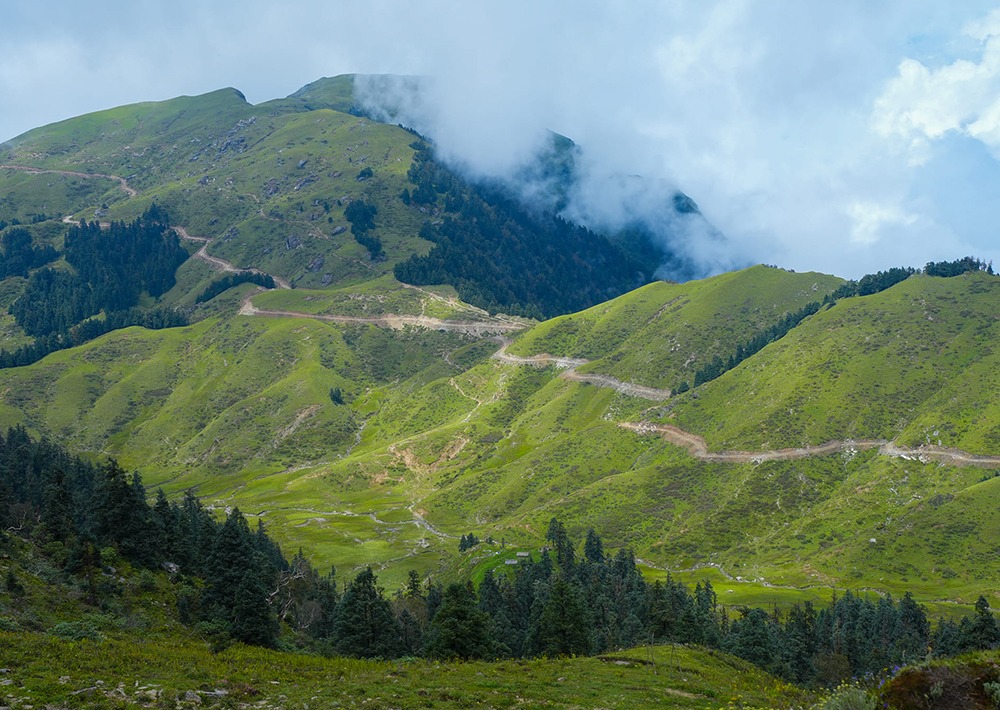
Landscape of Badimalika municipality, Nepal, by NTNC
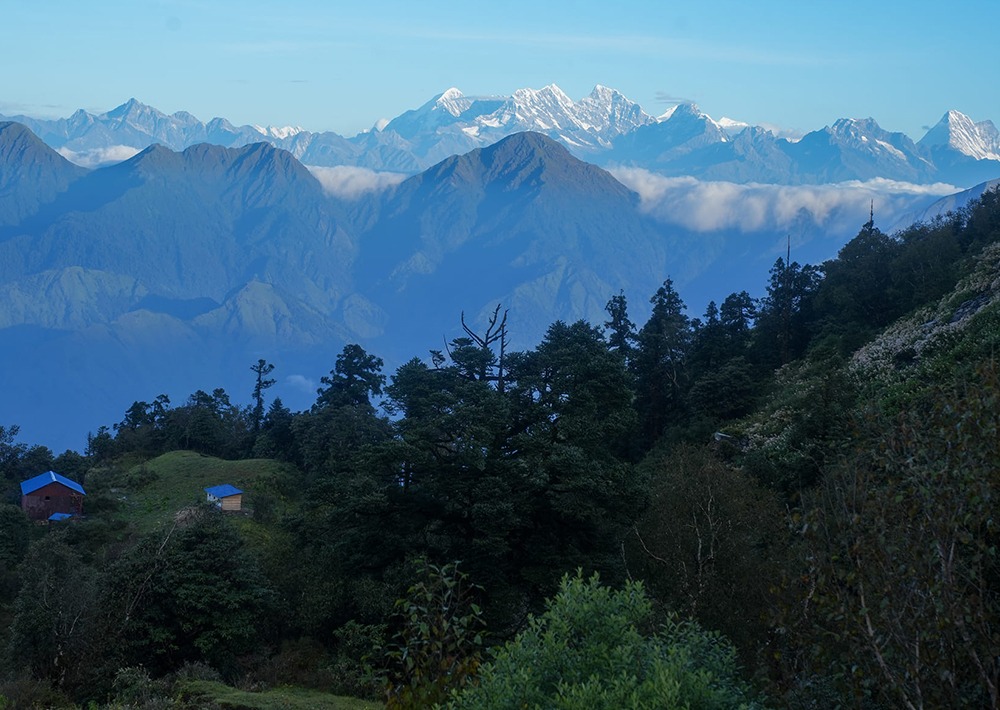
Landscape of Badimalika municipality, Nepal, by NTNC
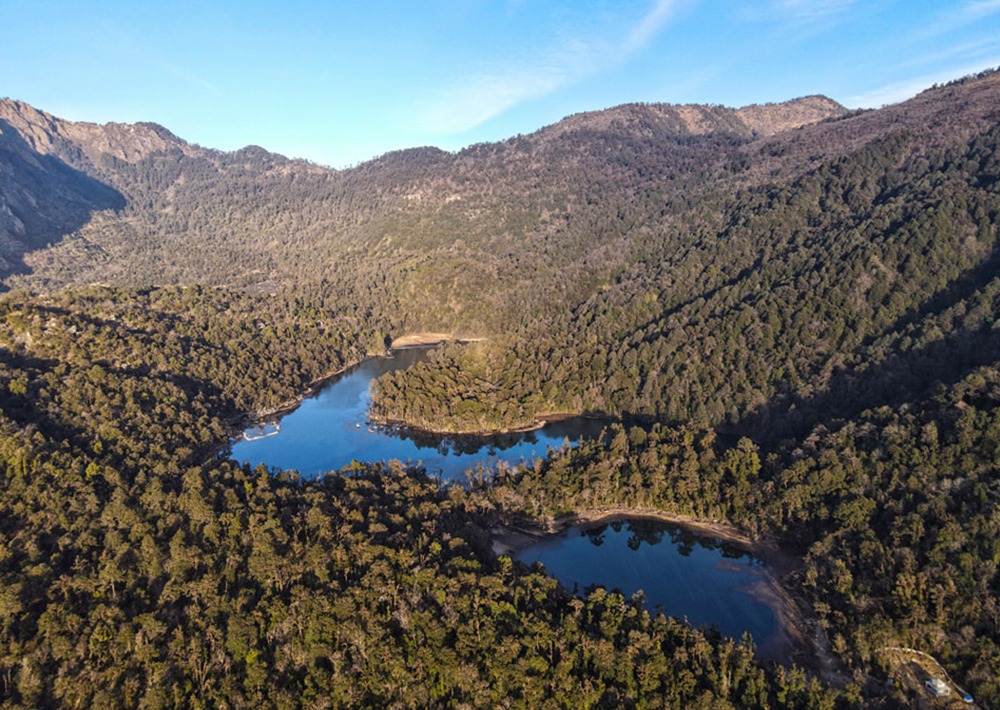
Landscape of Ramaroshan municipality, Nepal, by NTNC

Landscape of Ramaroshan municipality, Nepal, by NTNC
The presence of the Endangered West Himalayan Yew tree has been reduced by
due to overharvesting for medicinal purposes.
Save Himalayan Species from Extinction
The Endangered Alpine Musk Deer faces local extinction from habitat decline and poaching. Haphazard construction of roads and tourism infrastructure has caused pollution, habitat degradation, and landslides. Poachers habitually burn forest areas to drive out wildlife. Community-based anti-poaching patrols will be conducted, and trained forest guards will be deployed to critical forest areas.
The Vulnerable Himalayan Wolf, persecuted and killed by sheep herders, has been documented traveling through the area. Our partner will offer activities to improve the wolf–herder relationship and highlight the wolf as a flagship species. Responsible ecotourism and sustainable resource management should increase economic opportunities for local communities while strengthening cultural and religious identity.
A native conifer, the West Himalayan Yew, that is one of the only wild sources for the anti-cancer drug Taxol is being driven to extinction by overharvesting.
Protect a Mountain Corridor for Climate Adaptation
Located between the 55,600-acre Khaptad National Park and 26,200-acre Rara National Park, the proposed Badimalika-Ramaroshan FCA will connect the mid-hills region to the higher mountains. This type of multi-elevation corridor is critically important for species adaptation and resilience in the face of climate change.
LEARN MORE ABOUT THIS PROJECT >>
Conservation work is critical, challenging, and can be costly. We work hard to ensure we raise only the funds needed for each project. In the rare case we raise more money than needed or a project comes in under budget, excess monies will be transferred to the Conservation Action Fund. This fund supports our important conservation work throughout the tropics.
Project Modifications
Rainforest Trust conducts extensive research and due diligence on each of the projects that we support, so that once a project is offered for public support we believe it will succeed. We work closely with our project implementers, offer support, and regularly monitor their progress. Given the nature of the work, projects may not progress exactly as intended and may be unable to meet all objectives. To respond dynamically to the needs of our project implementers and the realities of the landscapes in which they operate, Rainforest Trust expressly reserves the right to modify a project as it deems necessary, provided that donor intent is honored by ensuring that that the original project objectives are diligently pursued and that project funds continue to benefit the landscape and species identified in the project overview. Project modifications that we may need to make in certain circumstances include the specific project implementer, the size of the landscape to be protected, the type of protection to be afforded to the landscape, and the development of sustainability mechanisms.
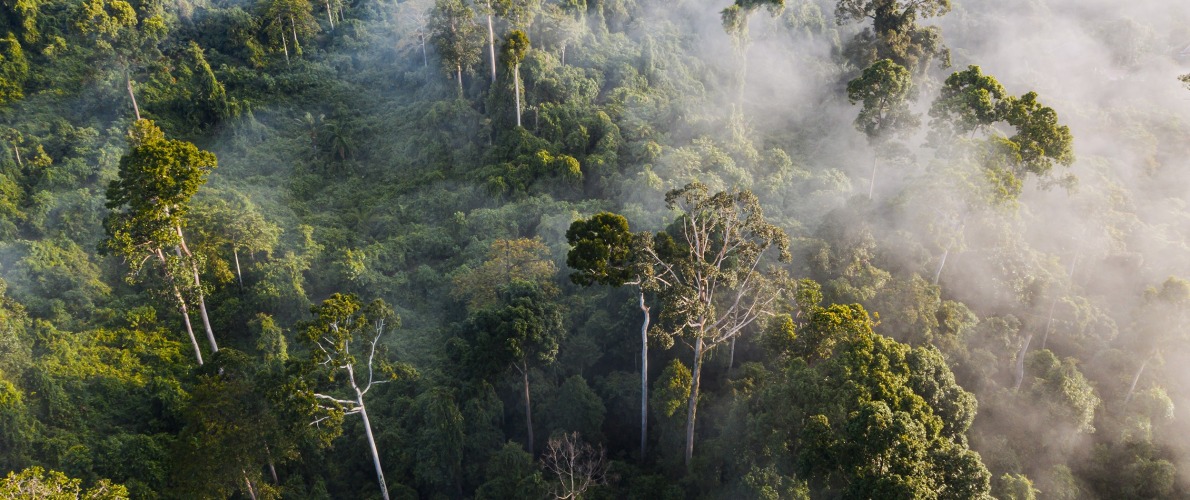
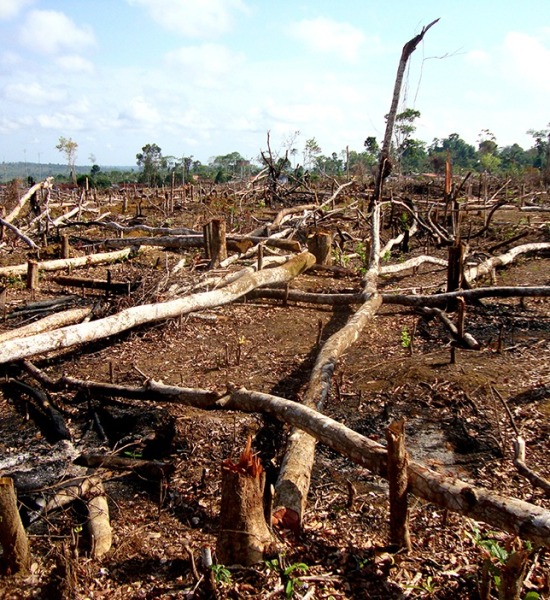
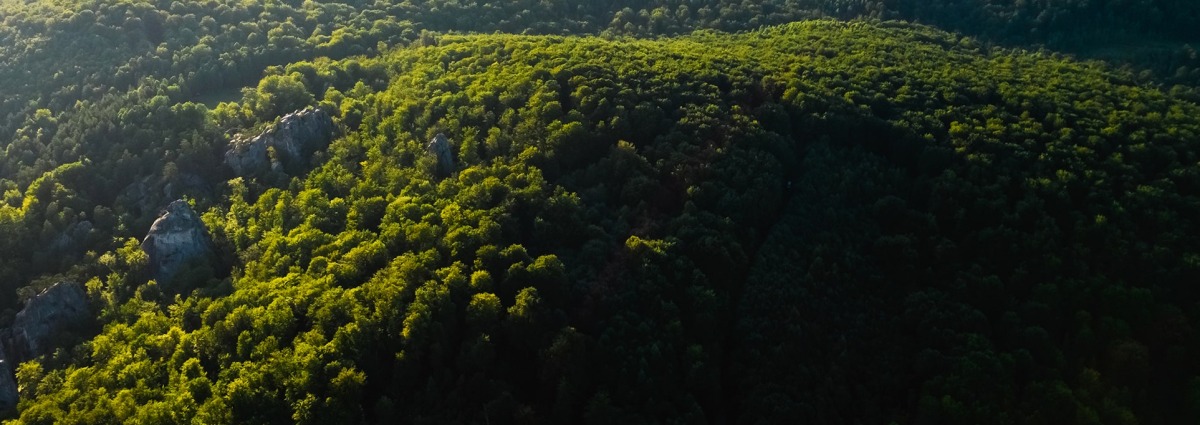
Partnering to Save Rainforest
Our partners’ ability to work with their governments and build strong connections with local communities ensures the successful implementation of our projects.
Learn More About This PartnerLearn More About This Partner
